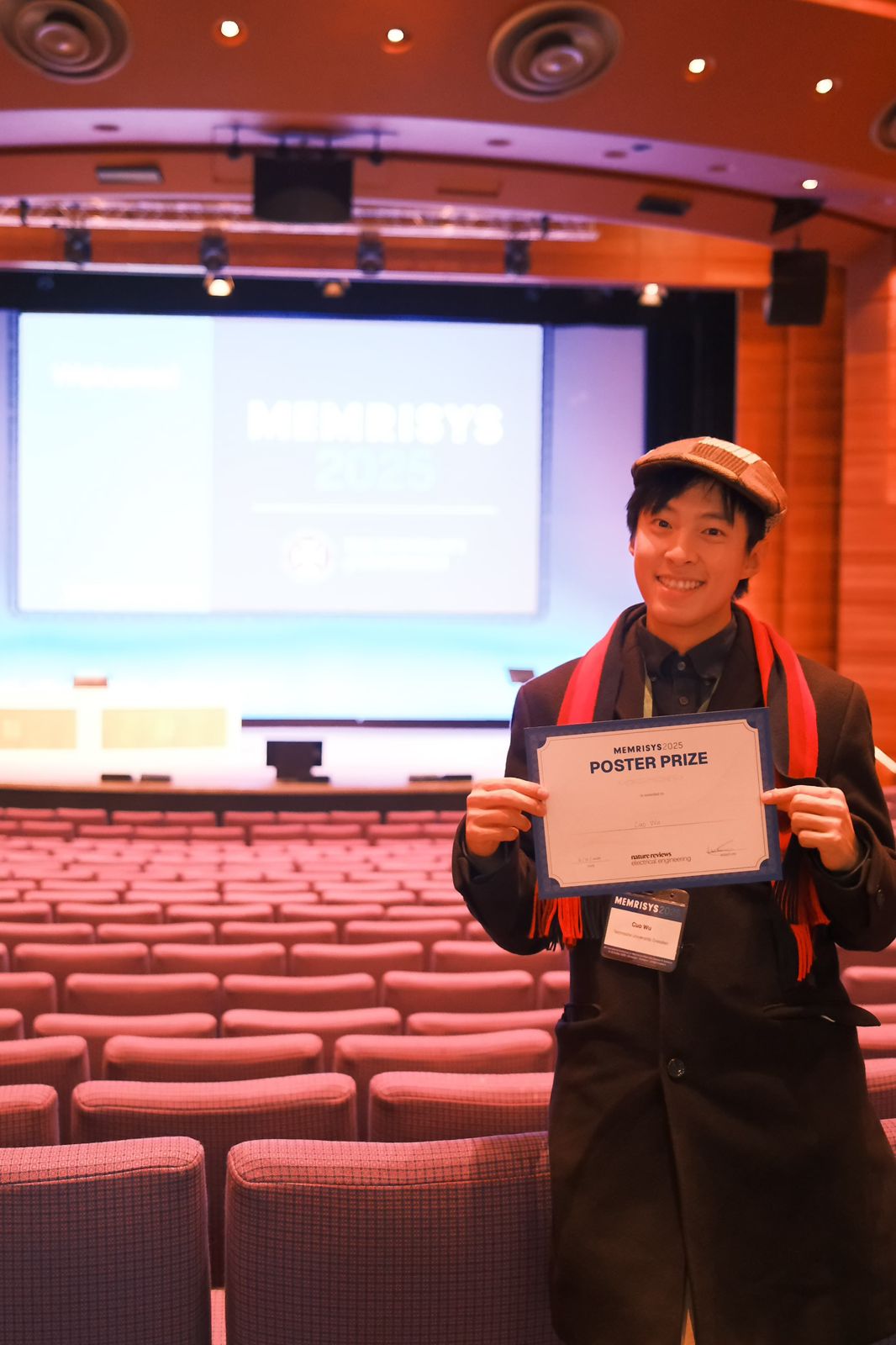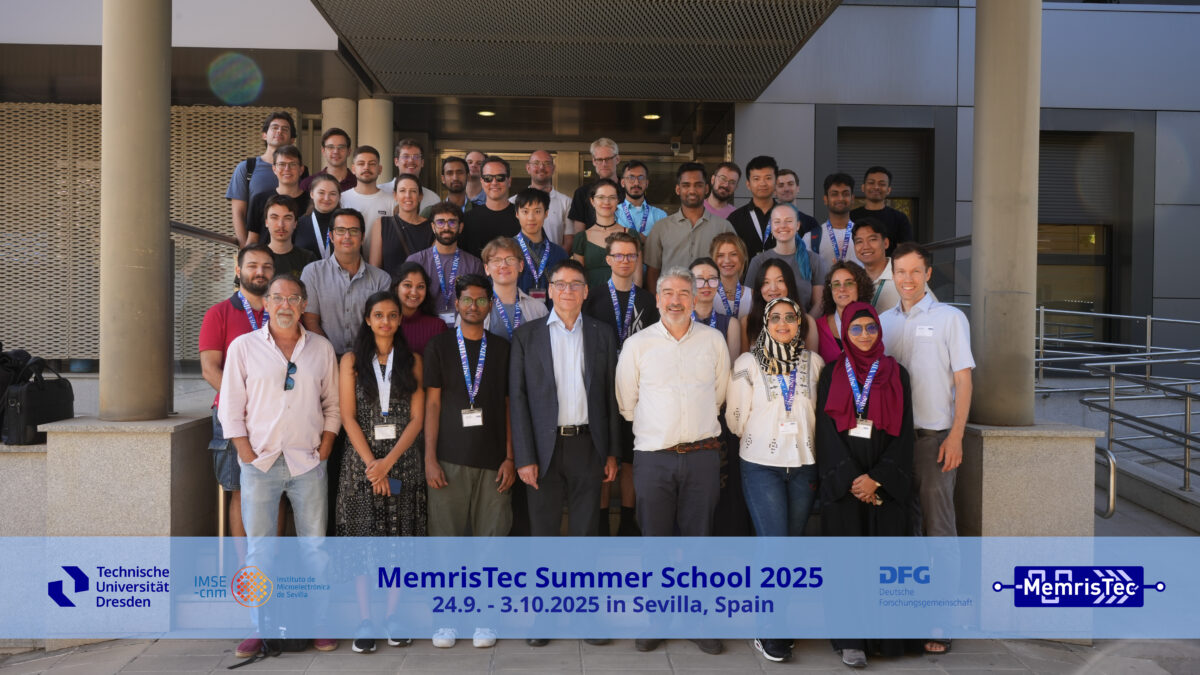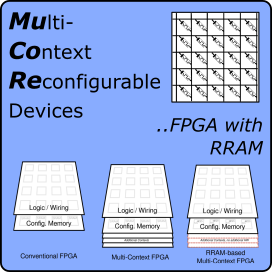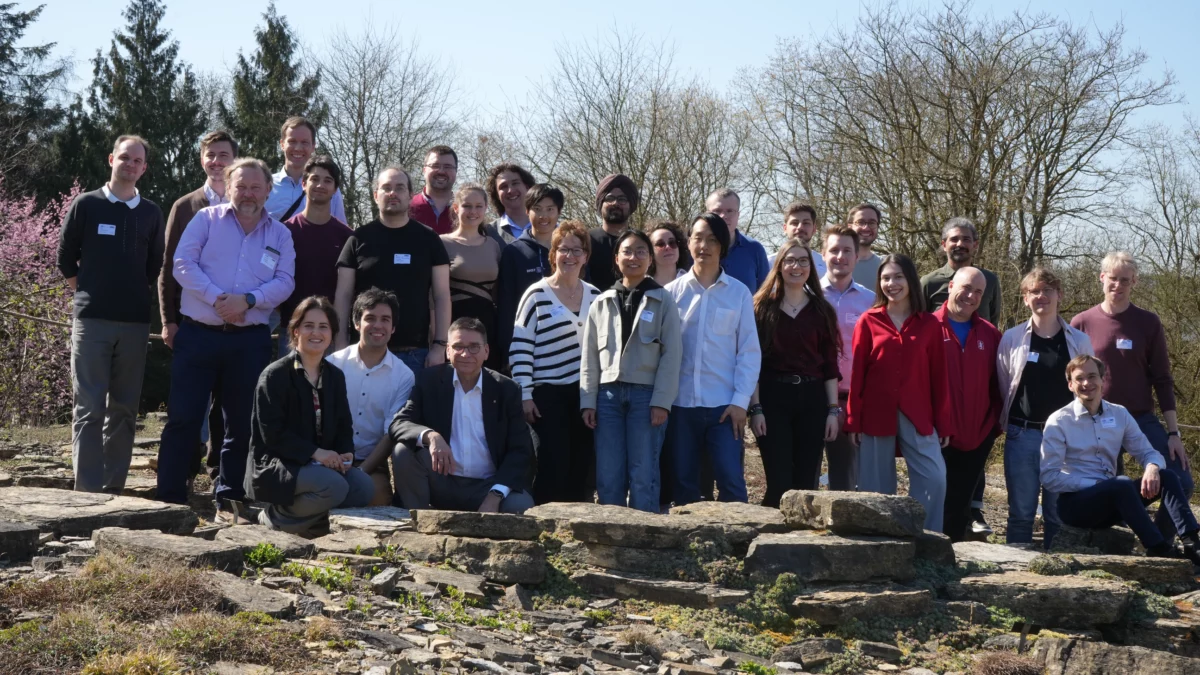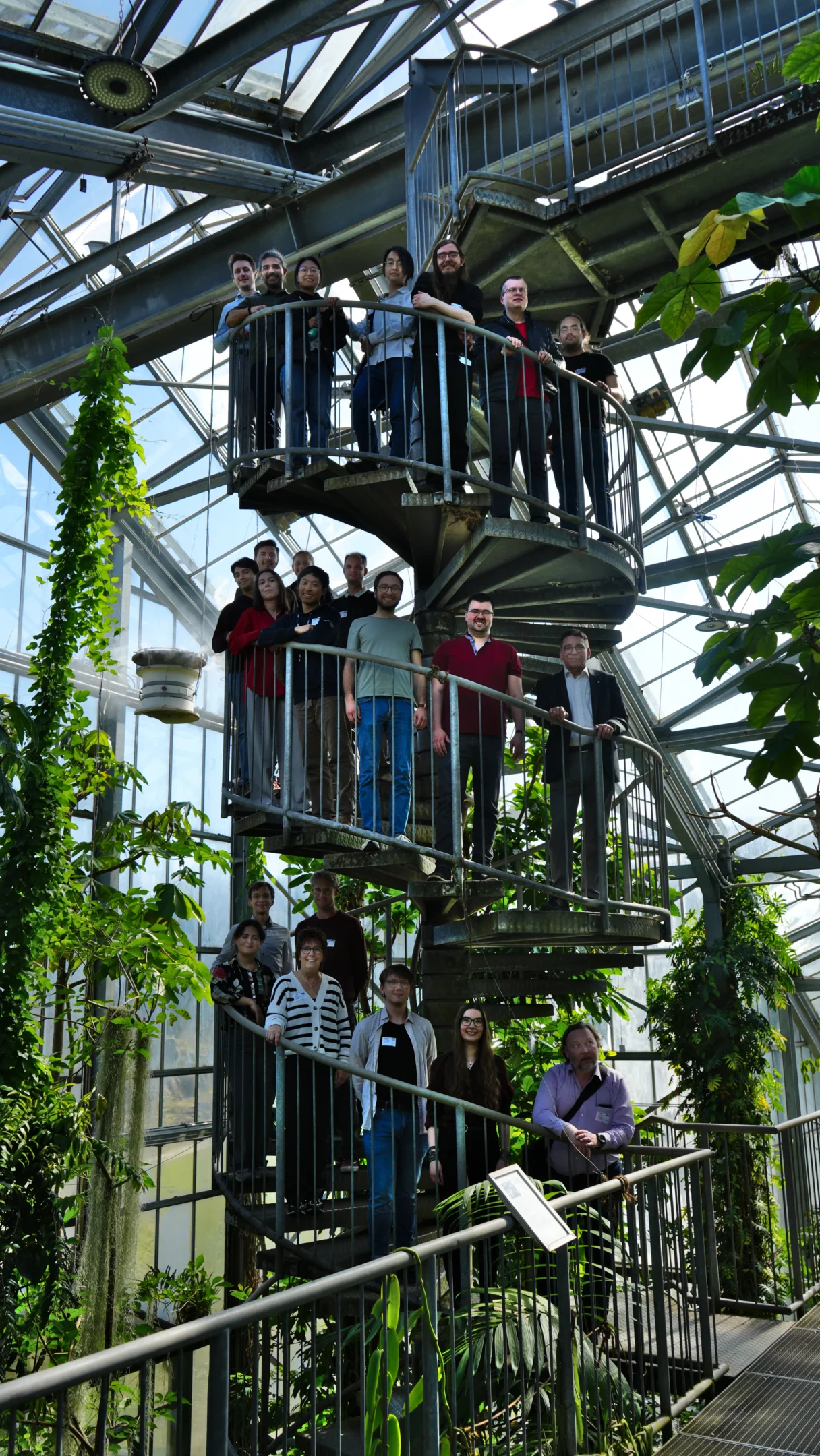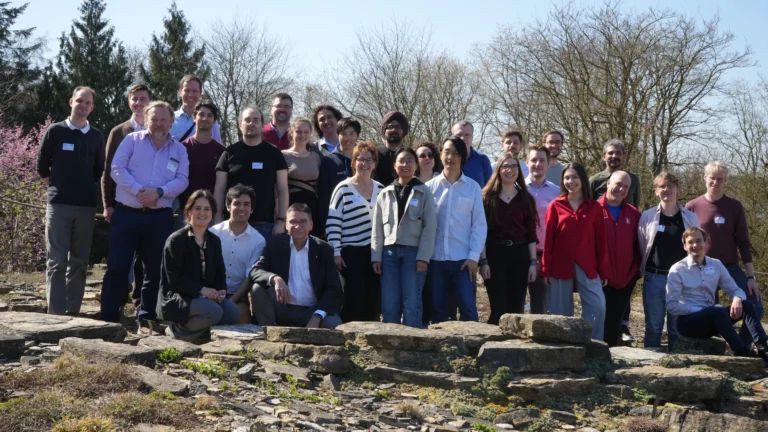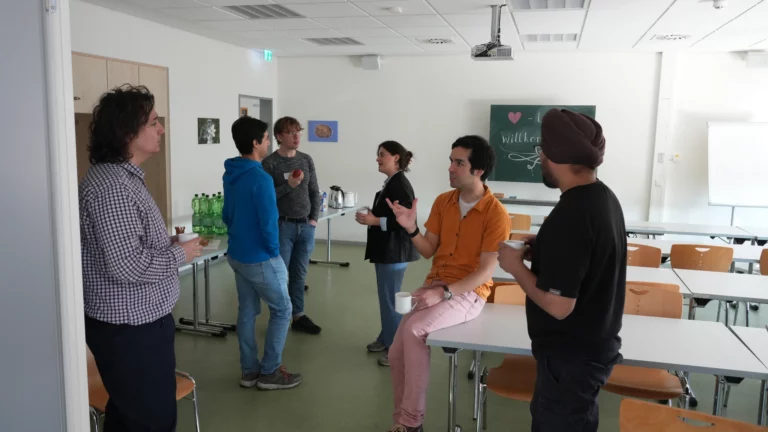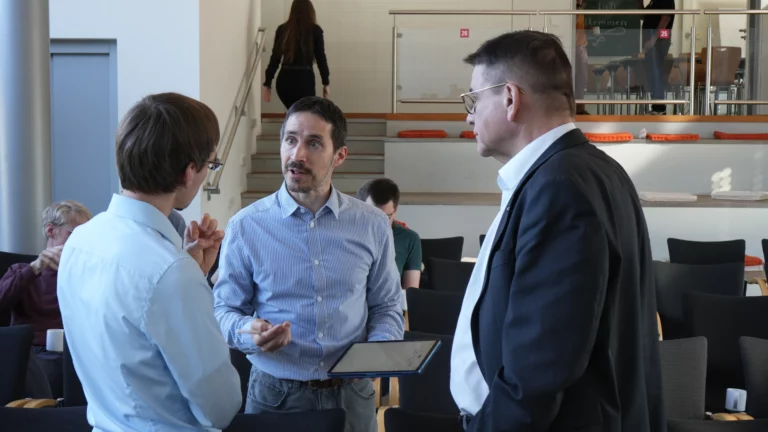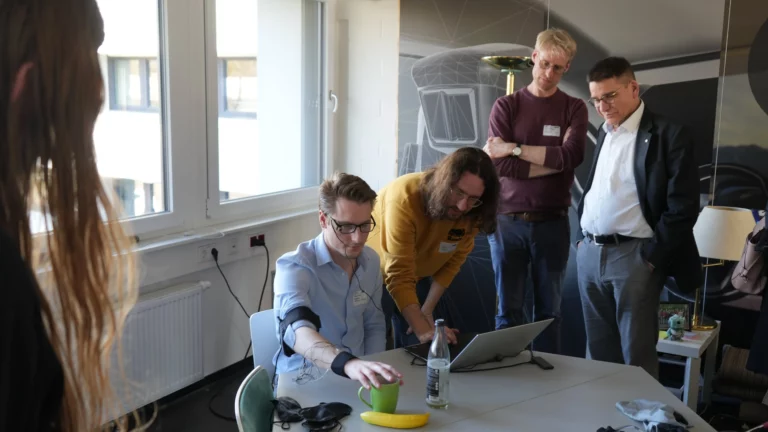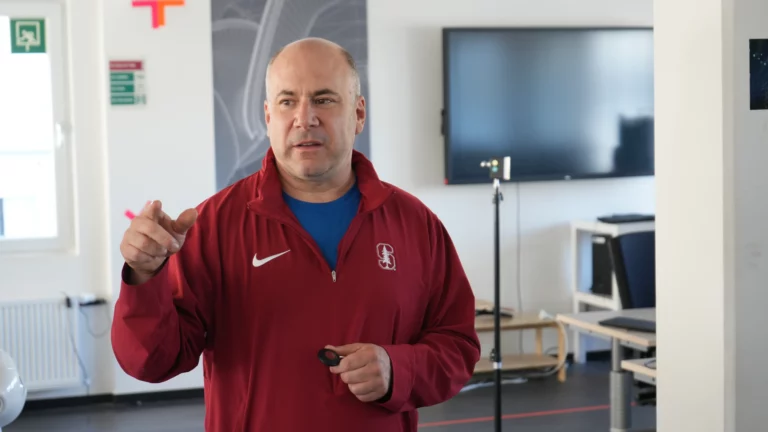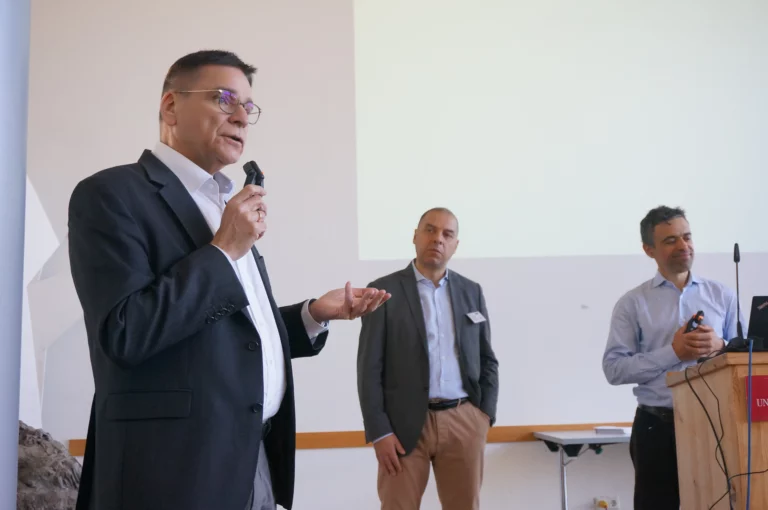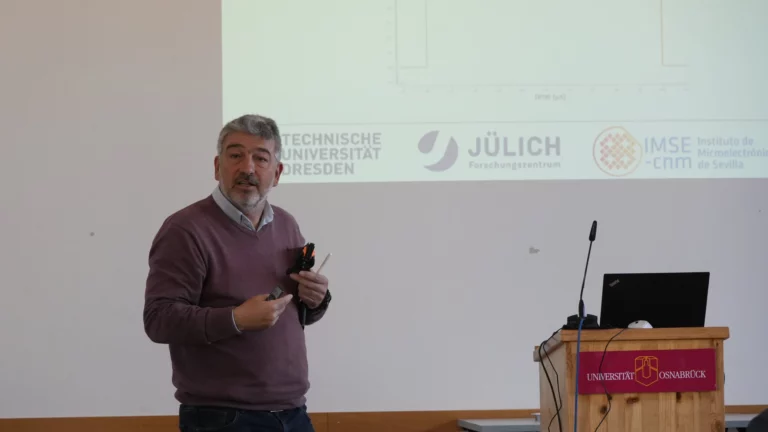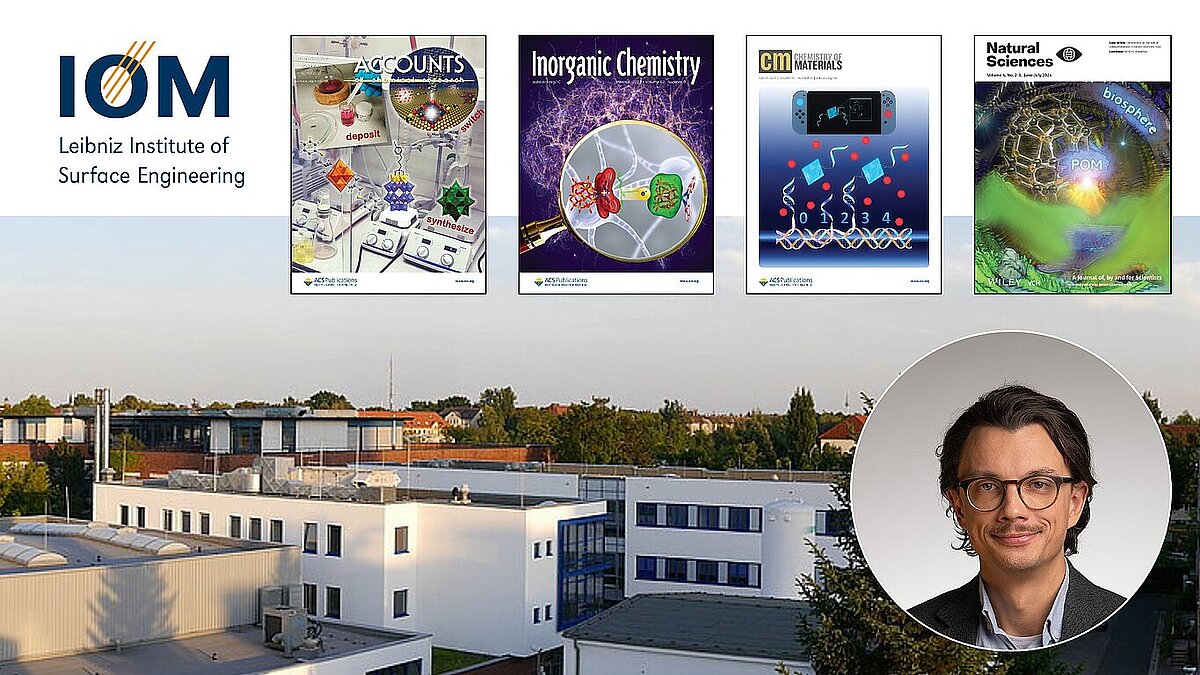Emilio Perez-Bosch Quesada has completed his doctorate within the MIMEC framework in collaboration with IHP – Innovations for High Performance Microelectronics in Frankfurt (Oder). His doctoral research focused on HfO₂-based memristive devices, contributing to ongoing work on resistive memory technologies.
The research was carried out as part of the RRAM activities at IHP under the supervision of Eduardo Pérez Diez and Christian Wenger. During his doctoral studies, he worked closely with interdisciplinary teams and gained extensive experience in materials research and device characterization.
Following the successful completion of his doctorate, Emilio Perez-Bosch Quesada plans to continue his academic career in the field of memristors, further advancing research in this area.




